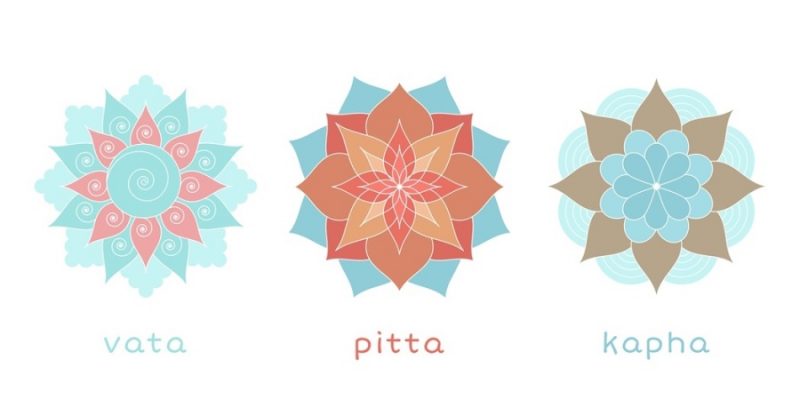
The etymology of the word Nadi, officially written Nāḍī, goes back to the ancient Indian Sanskrit language. Nadi can have different meanings depending on the context wherein it’s used. In fact, it can have botanical, anatomical, physiological, phenomenal, or artifactual denotations. The plural form of the singular Nadi is Nadis.
For instance, Nadi can mean the stem of a plant, a blood vessel, pipe, stream, flow, river, tube, flute, pulse, fistulous sore, hole, or a strap of leather, among some other things. Nadi is also used in some other languages, such as in Malay, Indonesian, Pali, Prakrit, Hindi, Urdu, Marathi, and Punjabi, where the word basically has the same denotations as just mentioned.

Yet, in the anatomical and physiological meaning we’re interested in with regard to Yoga, Ayurveda, and Tantra practices, it’s typically used as “pipe,” “tube,” “flow,” “pulse,” “stream,” “meridian”, or “channel.”
More particularly, Nadis refer to the various “channels” or “canals” that exist within the body, which — on a gross physical level — include blood vessels (such as an artery, vein, or capillary), bronchioles, lymphatic channels, and nerves.
One of the oldest Indian texts using the word Nadi in an anatomical sense is the Brihadaranyaka Upanishad in which the Nadis are a reference to nerves and the nervous system. The composition of this ancient scripture is placed around 700 BCE.
Nonetheless, today the most common use of Nadis in a Yogic, Ayurvedic, and Tantric sense is that of a reference to the vast network of invisible Prana Energy Channels (or Prana Energy Meridians) in our body, which are the astral or subtle carriers and distributors of Prana Life Energy.



















